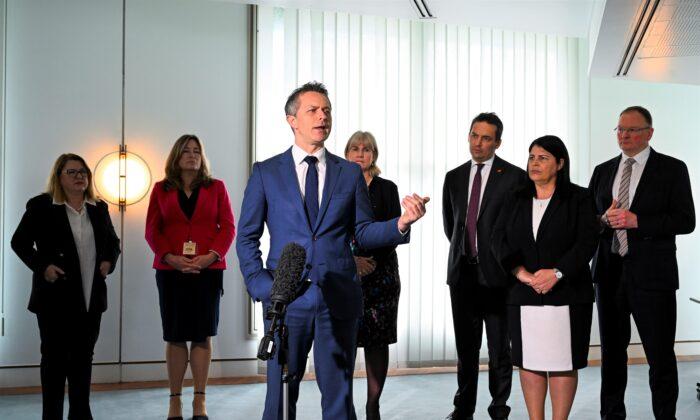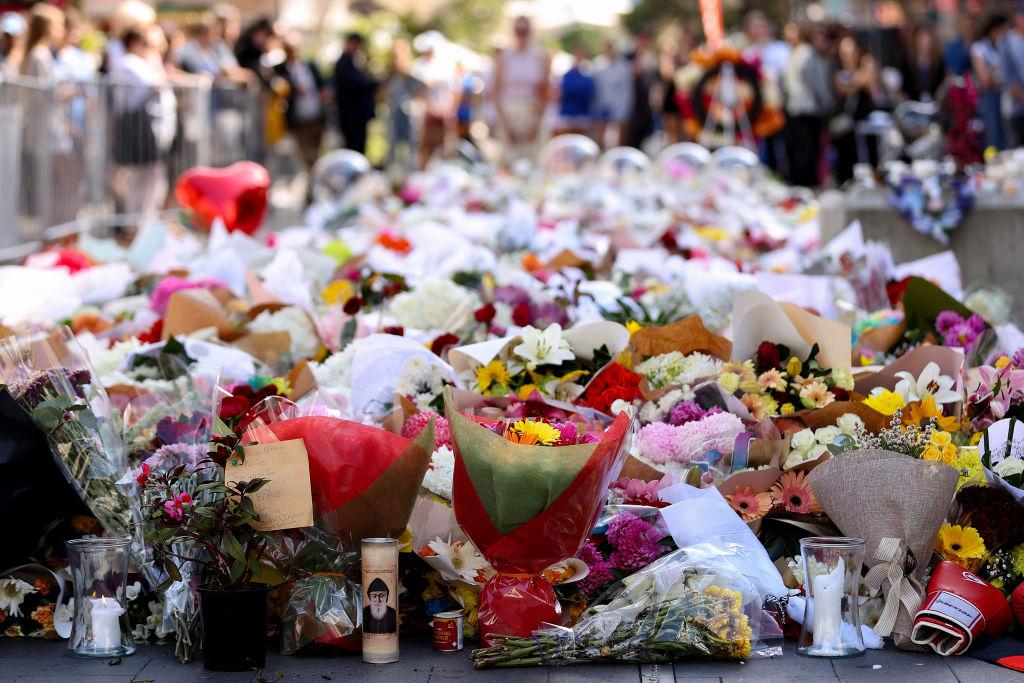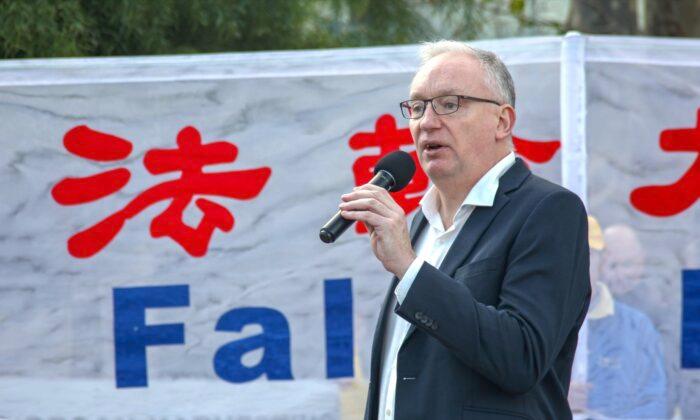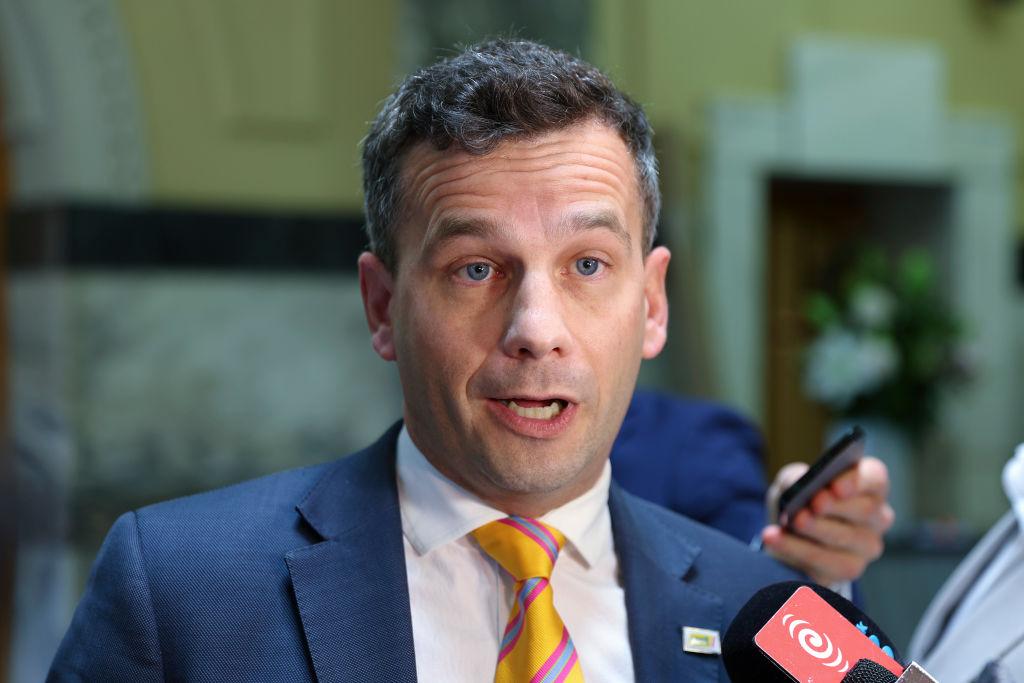Australia’s state, territory, and federal education ministers met in Canberra to discuss issues causing teachers to leave the occupation in droves, including pay and workloads, and how governments can support new and mid-career professionals transition into the classroom.
Representatives of teachers from every state and territory were given a platform to bring up issues and suggest solutions.
One school principal also highlighted how education courses in universities only spend 12 percent of the time focusing on teaching how to teach.
As a result, many new teachers lack proficiency in preparing lessons to teach children how to read and write and do maths.
Clare also noted that only half of the young people entering a teaching degree complete it, compared to 70 percent in other degrees.
The ministers were also advised by Mark Scott, the vice chancellor of the University of Sydney, that attracting mid-career professionals to switch into teaching was an enormous opportunity.
New South Wales (NSW) has created pathways to help fast track mid-career professionals, particularly in STEM fields, looking for a career change in 2021. The first cohort of teachers from this program entered classrooms in July.
Visas for Overseas Teachers
Clare said the government needed to prioritise visas for teachers, including looking at potential work visas for existing international students studying in areas of skill shortage.“The type of work visas that we offer at the moment, are not as competitive as they used to be compared to what other countries are offering. And so I think it'd be a good topic to have on the table at the Jobs and Skills summit,” he said.
NSW Education Minister Sarah Mitchell supported this idea, adding that the federal government could also look at fast tracking citizenship for teachers in high demand subjects like STEM.
“One of the concerns and challenges has been that wait for a visa and I think that has also been turning off these prospective people from coming,” she said.
The meeting comes after NSW announced it would pay the state’s best educators higher salaries.
Clare said merit-based pay increases was a good place to start, but the teacher shortage issue also involved workload and working conditions.
The Victorian Education Minister Natalie Hutchins said teachers were leaving after feeling burnt out, making the workload issue a bigger focus than pay in the state’s enterprise bargaining agreement negotiations.






Friends Read Free